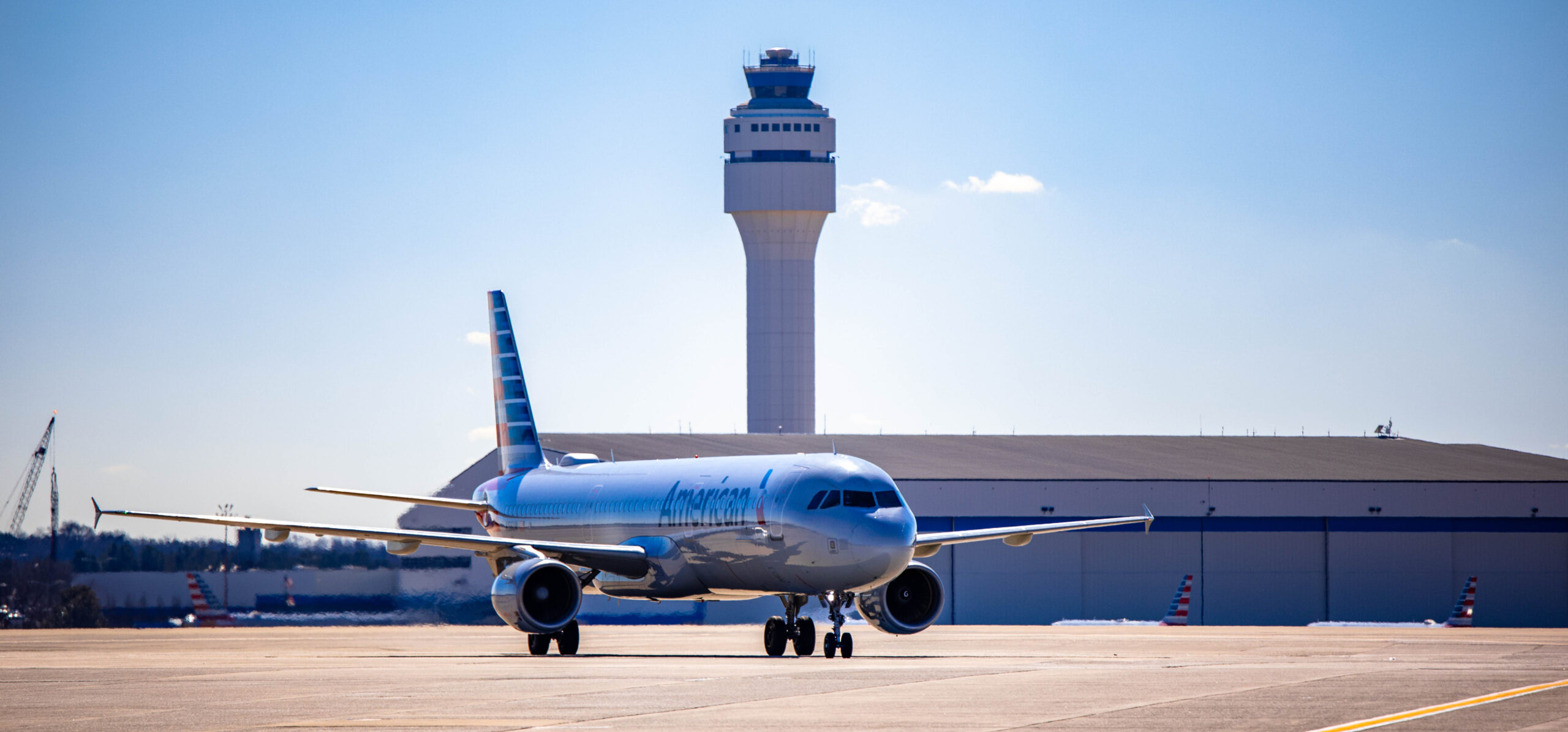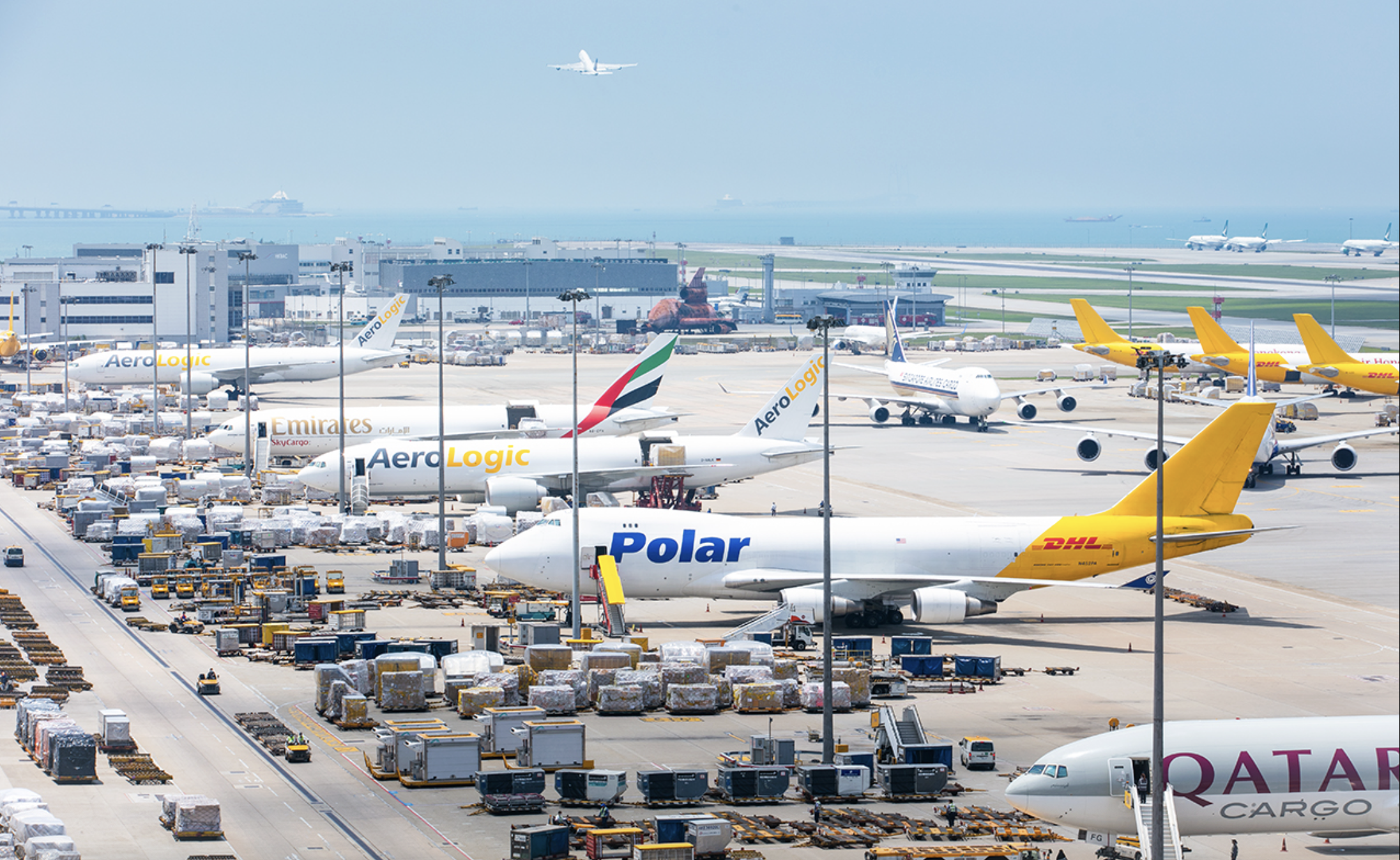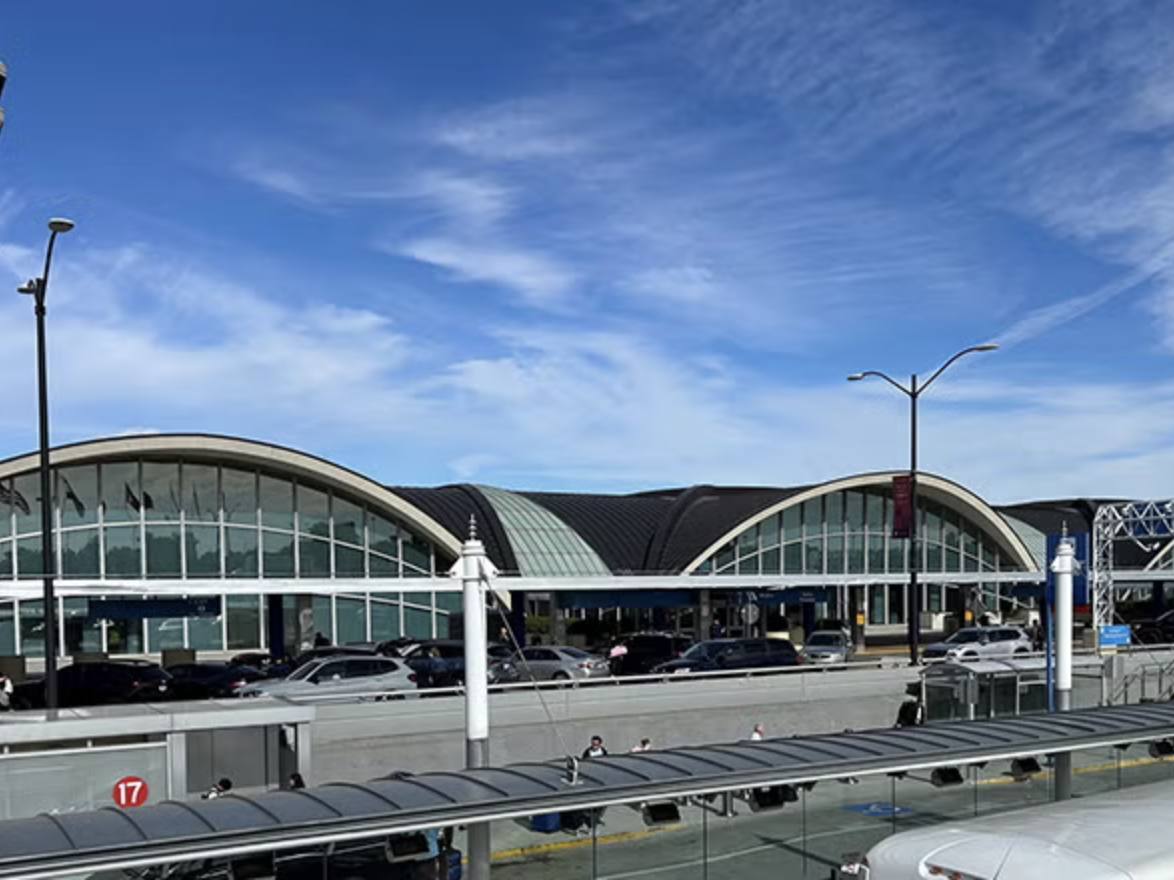This week, Wellington Airport started major works on its runway.
Though most capital projects are on hold due to Covid-19, this essential work is needed to ensure the ongoing safety and efficiency of our airport operations. The work is required approximately every 10-12 years when the runway’s asphalt surface reaches the end of its design life and must happen overnight to prevent significant disruption to airline schedules.
Head of Airfield Development and Delivery at Wellington Airport, Nick Petkov, said:The resurfacing work was originally scheduled for the 2021/2022 summer. However, due to the absence of late-night international flights resulting from Covid-19, we are taking the opportunity to bring this work forward by a number of months. Doing this gives us a longer overnight working window, enabling us to complete the work more efficiently, in approximately four months rather than six, subject to weather. Fewer disruptions to the work will also enable us to efficiently deliver a higher quality product at a reduced cost, with fewer noise disruptions to our local community.
There are two main parts to the project: milling and paving to replace the runway surface, between September and December 2020, and grooving of the surface to improve the water run-off and traction, between December and February 2021.
Over the next six months, more than 200 contractors are being employed to work on the project. In total, approximately 35,000 tonnes of asphalt will be removed and replaced on the runway. The old runway asphalt will be recycled by Fulton Hogan and used on other roading projects around the Capital, diverting thousands of tonnes of asphalt from going to landfill, and reducing the need to quarry for virgin aggregates.
Engineer to Contract / Beca Project Director., Matt Sanders, said:To capitalise on the reduced flights and enable the resurfacing works to proceed at pace, Wellington Airport, Fulton Hogan, and Beca worked together to complete the design process in a much-condensed time frame. Having collaborated on the last resealing 11 years ago we look forward to continuing our partnership to deliver safe and quality outcomes for Wellington locals and visitors.
Fulton Hogan’s Surfacing Divisional Manager Ben Struthers says by working from 10pm until 5.30am, the team will have three more hours per night than in 2009.
Struthers, commented:In addition to reducing the project’s duration, this will have quality benefits because longer nightly runs will mean fewer joins in the pavement and a smoother overall surface, as a result.
Having undertaken the job 11 years ago, it’s great to have many of the same team returning. We’re excited by the project and are raring to go.
As part of its preparations, the project team has received expert advice from acoustic engineers on how to keep construction noise to a minimum. It has also engaged the Air Noise Management Committee, which includes residential representatives and Wellington City Council.

As a result, the following steps are being taken to ensure noise and disruption is kept to a minimum:
- Staging works to reduce the duration of noisy work within night curfew hours
- Ensuring all vehicles use non-tonal reversing beepers
- Using noise barriers and acoustic curtains where practical, and mandatory for the grooving
- Ensuring all equipment meets modern specifications, including use of non-vibrating compactors, oscillating rollers, and loading dampeners where possible
- Manufacturing asphalt off-site
- Managing traffic, including staggered haulage routes, and stockpiling of material on site to enable fewer night-time truck movements
- Ensuring all staff on site receive training on practices to avoid unnecessary noise during the work, such as ensuring vehicles are not left running when not in use, limiting horns for emergency use and avoiding engine breaking on entering the site
- Direct communications and regular website updates to ensure local residents know what to expect and when.
Runway Resurfacing works in numbers:
- Absence of late-night international flights resulting from Covid-19 enables the completion of the works in approximately four months rather than six
- Approximately 200 people employed on the project
- Total cost of project is $13.7 million
- 35,000 tonnes of asphalt milled and replaced on site – the equivalent of 500 fully laden A320 aircraft, all of which will be recycled
- One hectare of paint markings applied
- Grooves will be cut into the surface across the full width and length of the runway. Connected end-to-end, they would form a line over 1,880 km long – a line from Wellington to the Chatham islands, and back!
Originally published here







